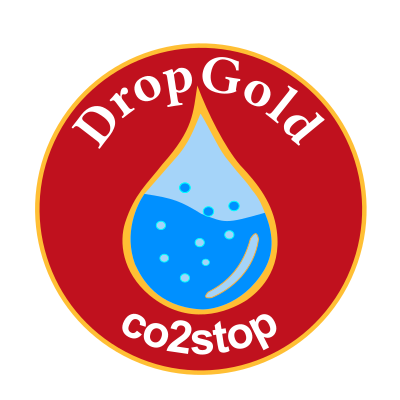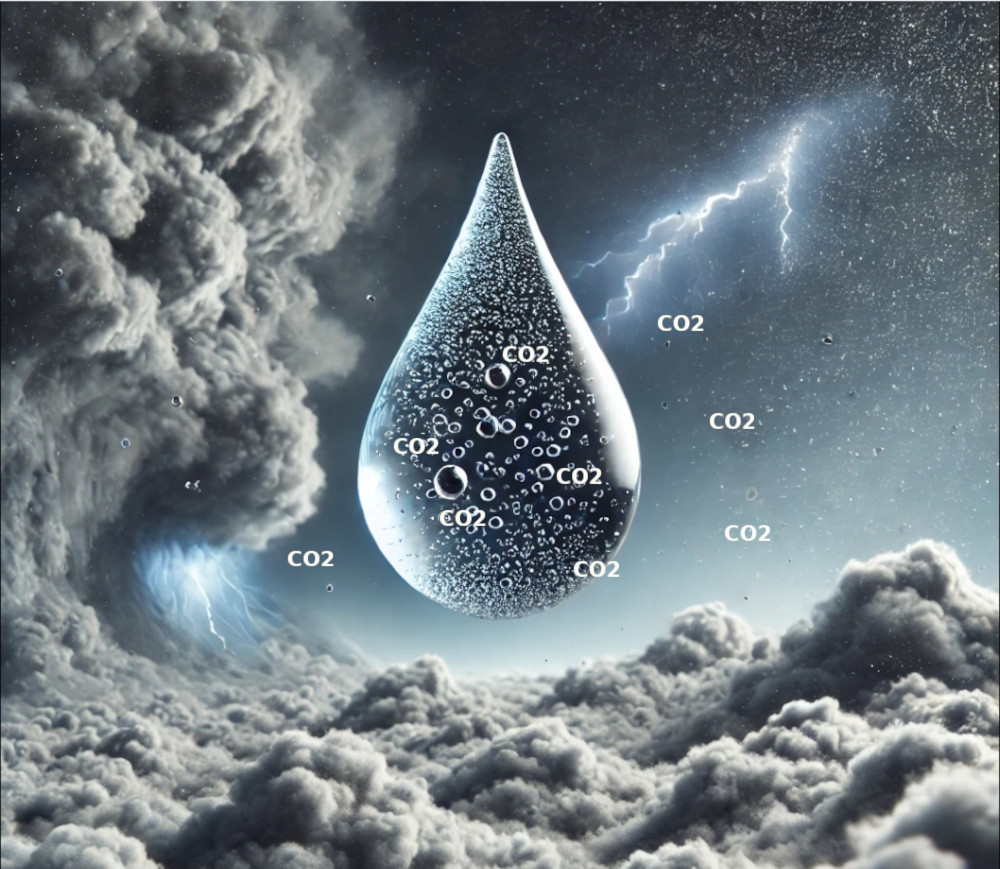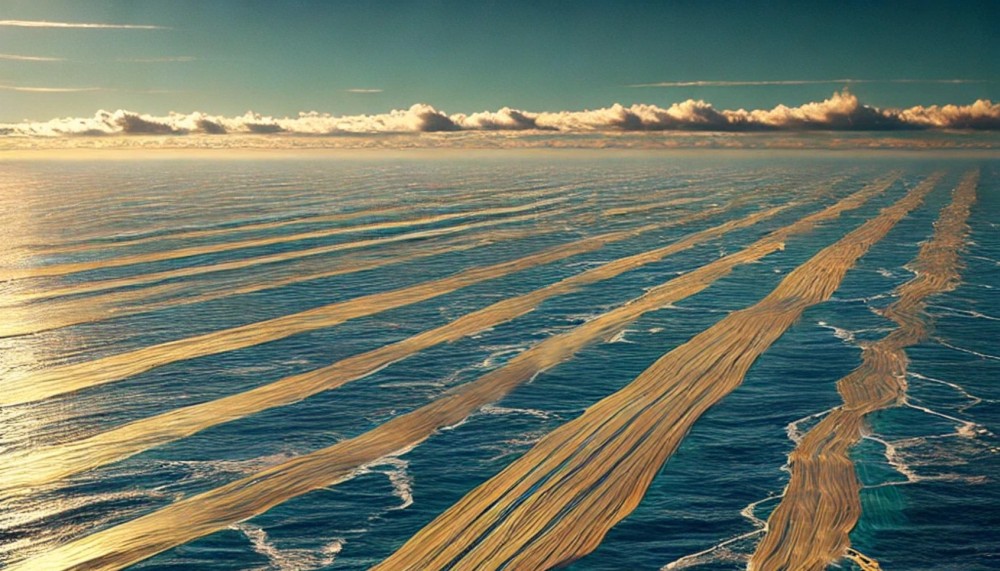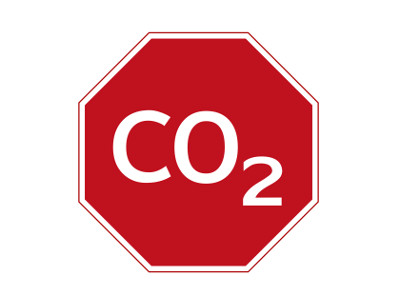
DropGold
Scientific research indicates that before our civilization is destroyed by global warming, severe impairment of human cognitive and intellectual abilities will occur sooner. Because of the rapid increase in atmospheric CO2 concentrations, catastrophic effects on the human species will come much faster than for most animals. Already, CO2 concentrations in our homes can be so high that they impair human cognitive and intellectual abilities. People who work from home, in particular, may be at risk of reduced brain performance. Complex tasks will take longer to complete, and creative work may be of much lower quality.
As water vapor condenses into clouds, chemically pure water is formed. After the condensation process, a water droplet is highly chemically active and, due to the lack of mineral substances in its environment, absorbs carbon dioxide (CO2) from the air to become saturated. This results in the water droplet having a slightly acidic pH of 6. Such naturally CO2-enriched rainwater can be processed in various ways to extract CO2. On land, CO2 can be absorbed from rainwater using mineral compounds. However, the most effective method of binding CO2 is by utilizing the vast surface area of the oceans.
The technology proposed here relies on using rainwater to create suitable conditions for the growth of microorganisms that prefer the transitional conditions between fresh and saltwater. Huge strips made of sunlight-transparent material could be deployed on the ocean surface, which would absorb CO2-saturated rainwater into their interiors and mix it to the appropriate proportions with seawater. This would enable the creation of controlled conditions for the bloom of microorganisms capable of photosynthesis. Mechanisms for the removal of excess oxygen might be required to maintain optimal photosynthesis conditions for as long as possible.
After the photosynthesis ceases, the biomass would be neutralized and transported via long pipes to great depths, where conditions of very high pressure and temperatures around 2°C would solidify the cellulose derived from the biomass for a long period.
An example of an organism that prefers transitional brackish water conditions is Prymnesium parvum. For this "golden algae," several mechanisms can be used to regulate its bloom, including the influence of electric fields generated before a storm to stimulate microorganism activity.
The construction of these massive strips should include a large number of small valves on their upper surface to quickly absorb rainwater and prevent it from releasing the captured CO2 before entering the strip's interior. The valves allowing rainwater inside could be electrically regulated, which could also control the intensity of microorganism blooms. Creating a vacuum to draw water into the interior of the strip would not require significant energy, and power could be supplied by perovskite solar panels printed on the surface of the strip. These types of solar panels could transmit light of a specific wavelength suitable for the growth of microorganisms, while converting the rest of the solar spectrum into electricity. The lower valves for drawing in seawater could be spaced further apart, as obtaining the right mix with rainwater does not require rapid action.
The accumulation of carbon-rich cellulose sediment from microorganisms should only occur in the deepest regions of the oceans, where sediment deposition already takes place, thus minimizing the negative effects of a technology aimed at reducing atmospheric CO2. The addition of seawater mixed with fresh rainwater could also help reduce the acidification of the oceans caused by CO2, which is rapidly destroying coral reefs.
Currently, renewable energy source RES (Renewable Energy Sources) technologies are in the early stages of development. They are very costly and energy-intensive to produce. Due to their technological immaturity, and thus frequent replacement by newer, more efficient versions, they have a very short operational lifespan. Poorer countries will not afford them for a long time. However, the rapid large-scale introduction of oceanic CO2 capture technology from rainwater could allow for the longer use of current fossil fuel technologies and a smoother economic and social transition to RES technologies, while maintaining or possibly even reducing the current level of CO2 in the atmosphere. During this transitional period, ocean depths should withstand the burden of siltation from carbon sediment from microorganisms. After a complete transformation of the planet to RES technologies, these sediments could be recovered as fertilizer for agriculture, or for reforestation of deserts, and restore the ocean depths to their original state.
Text in the form of a scientific article:
‘Innovative Technology for Capturing CO2 Using Rainwater and Enhancing Marine Microorganism Growth’
Previous project (2019)
www.co2stop.world
GRAPHICS


CONTACT

Krzysztof Mazur: an interactive art artist

donate
www.paypal.com/paypalme/KrisMazur
If you like my app and want to support its development, consider making a donation.
Every contribution is a huge help to me.

